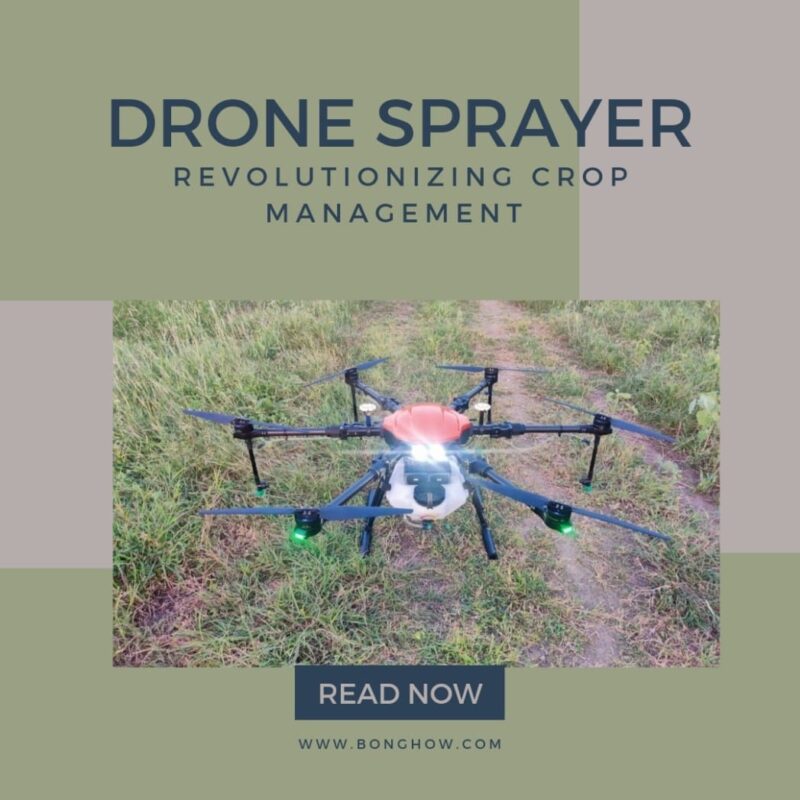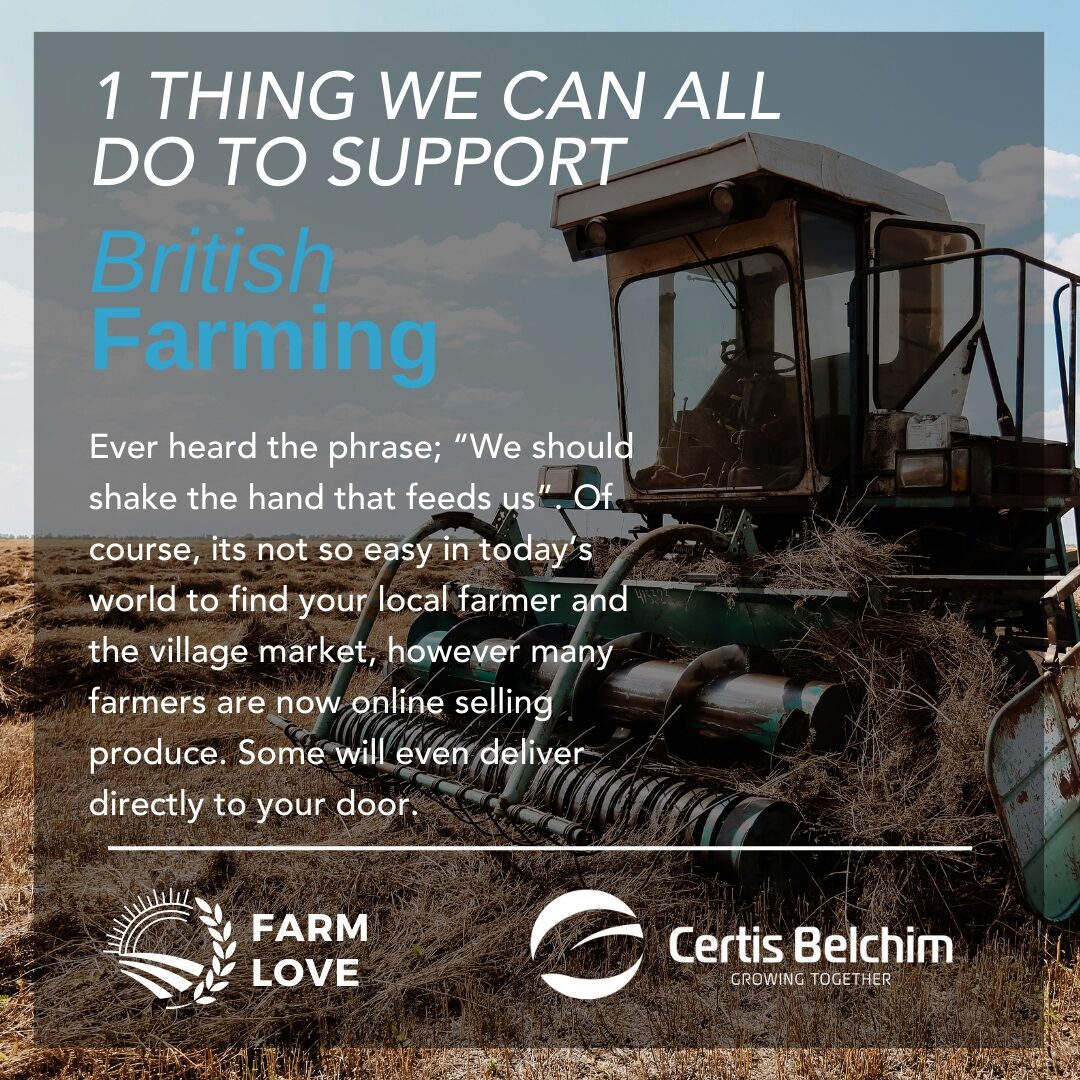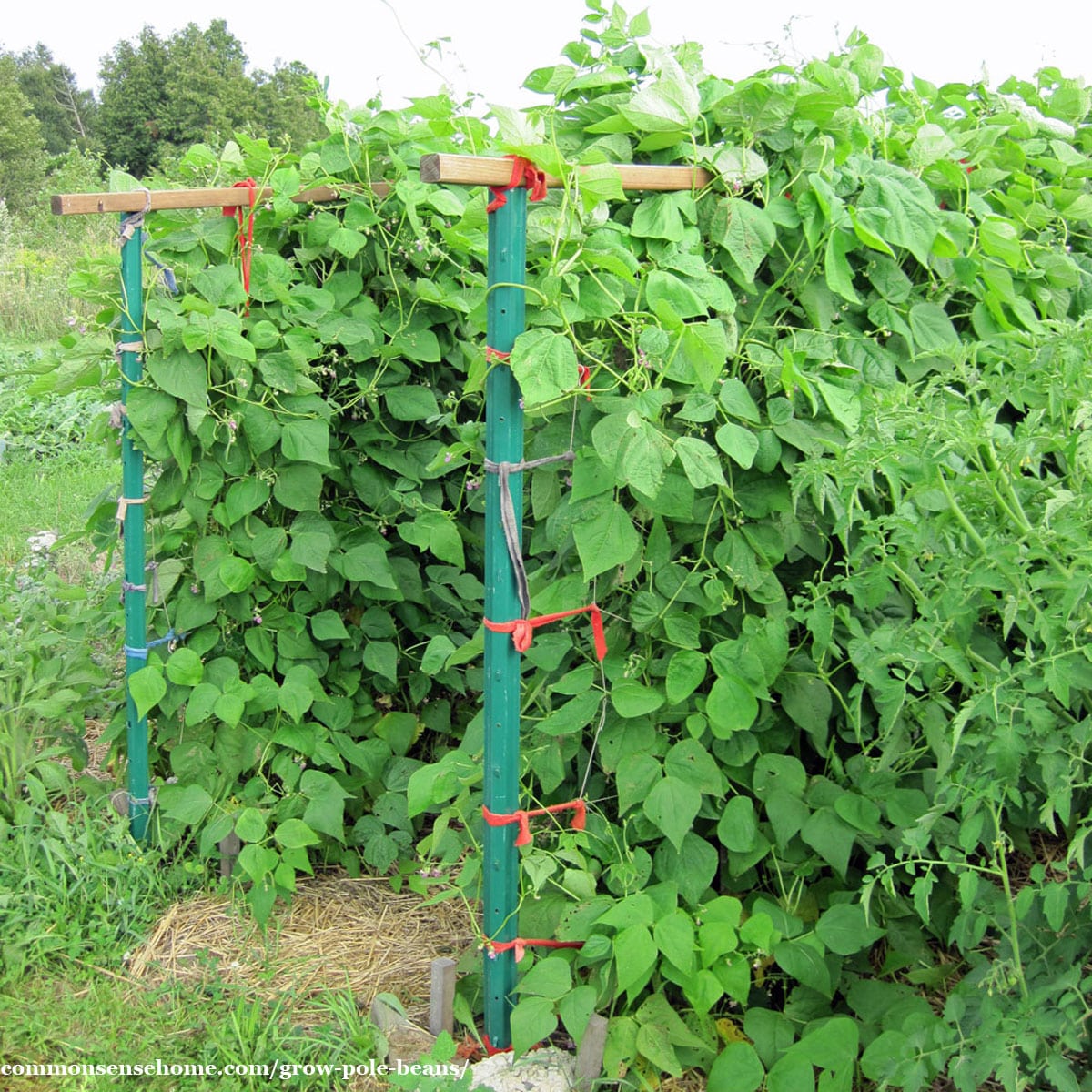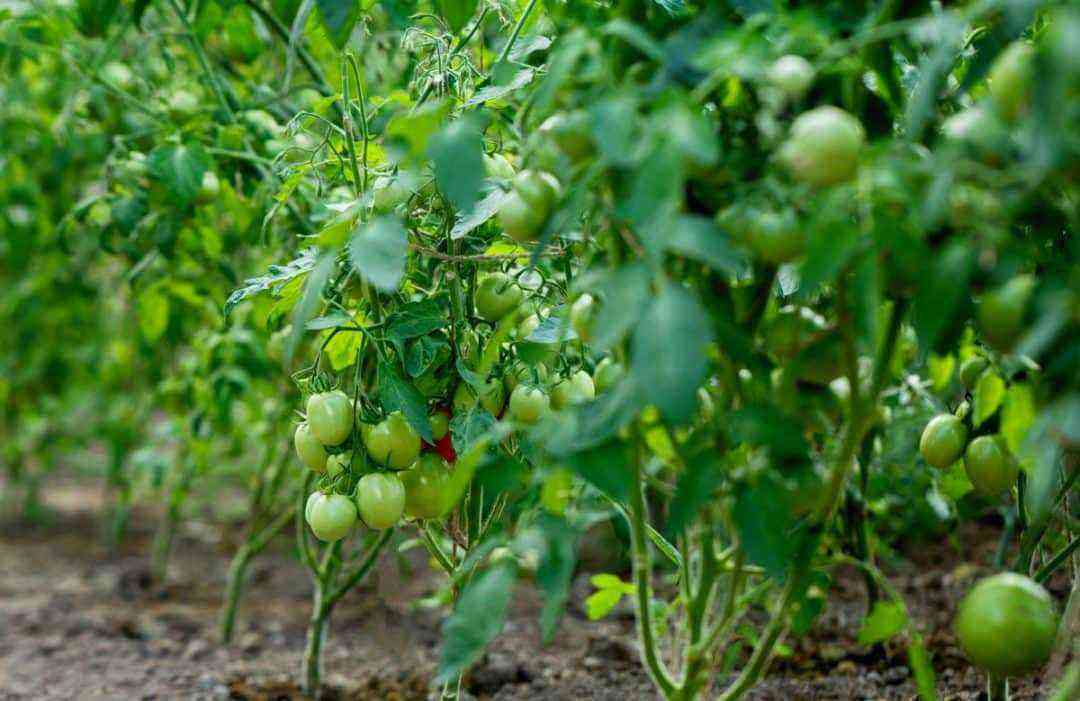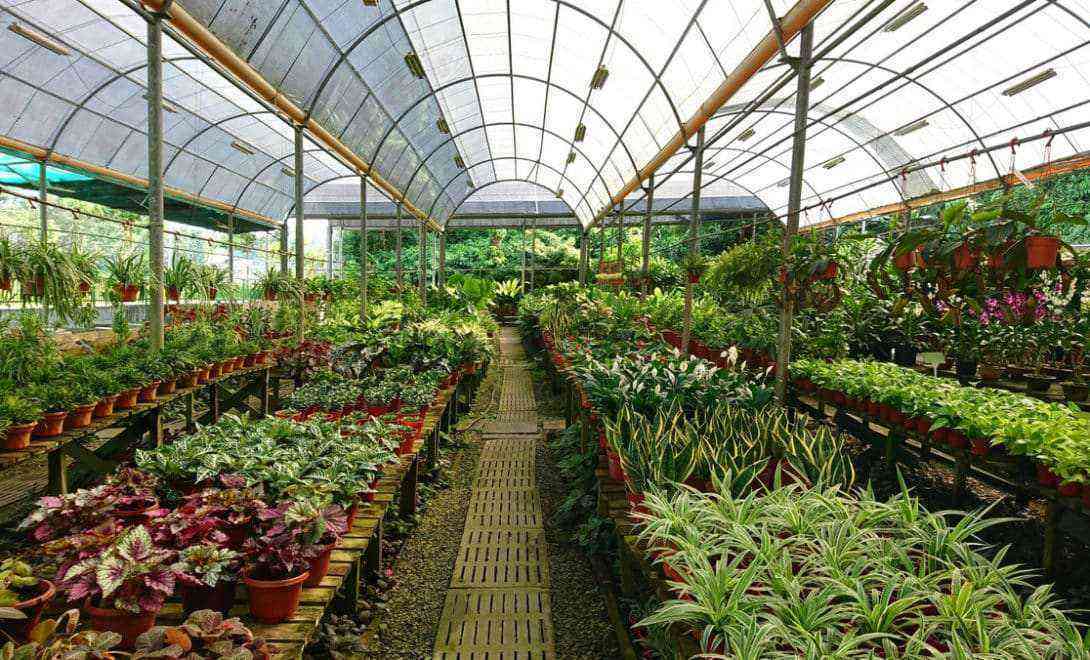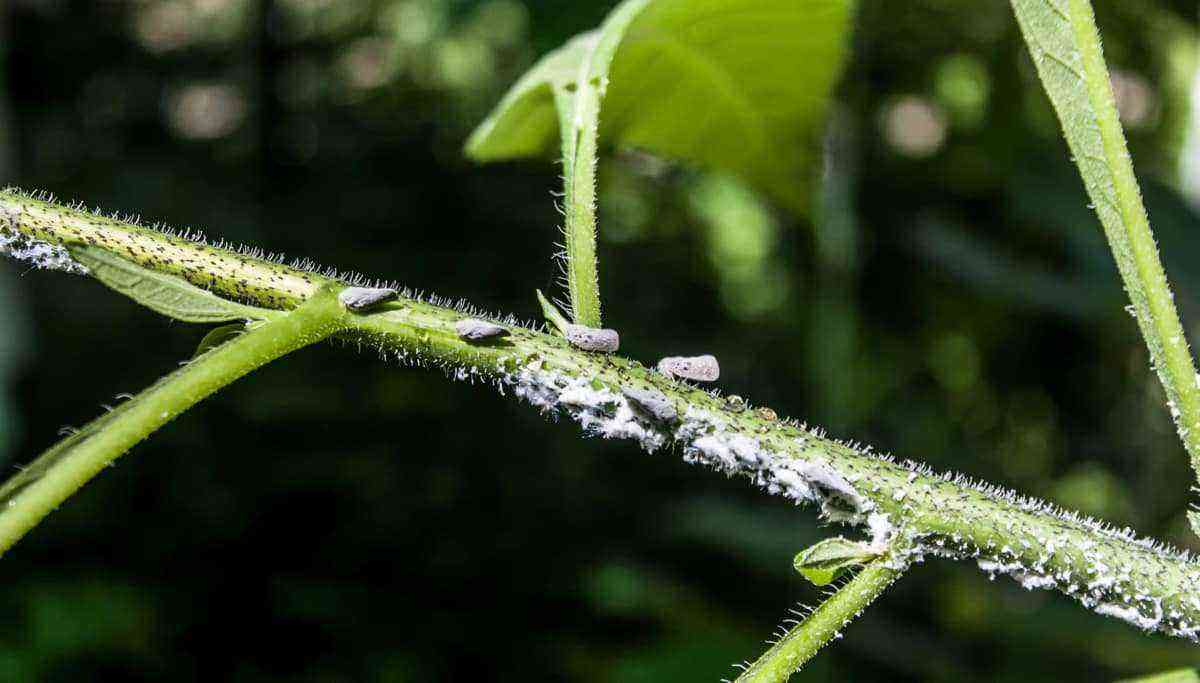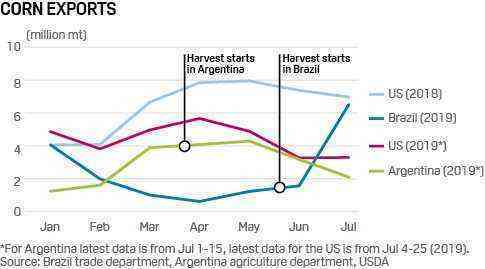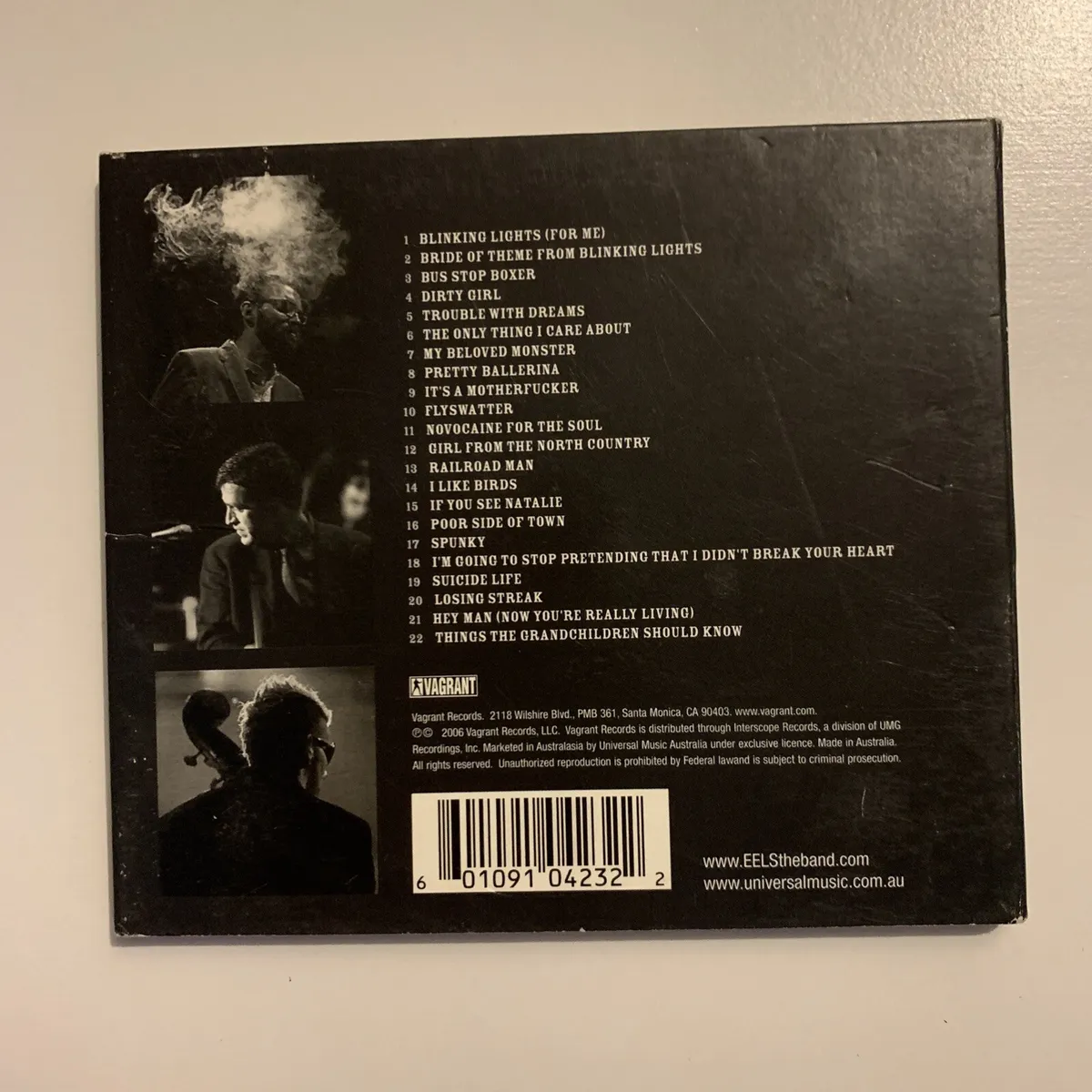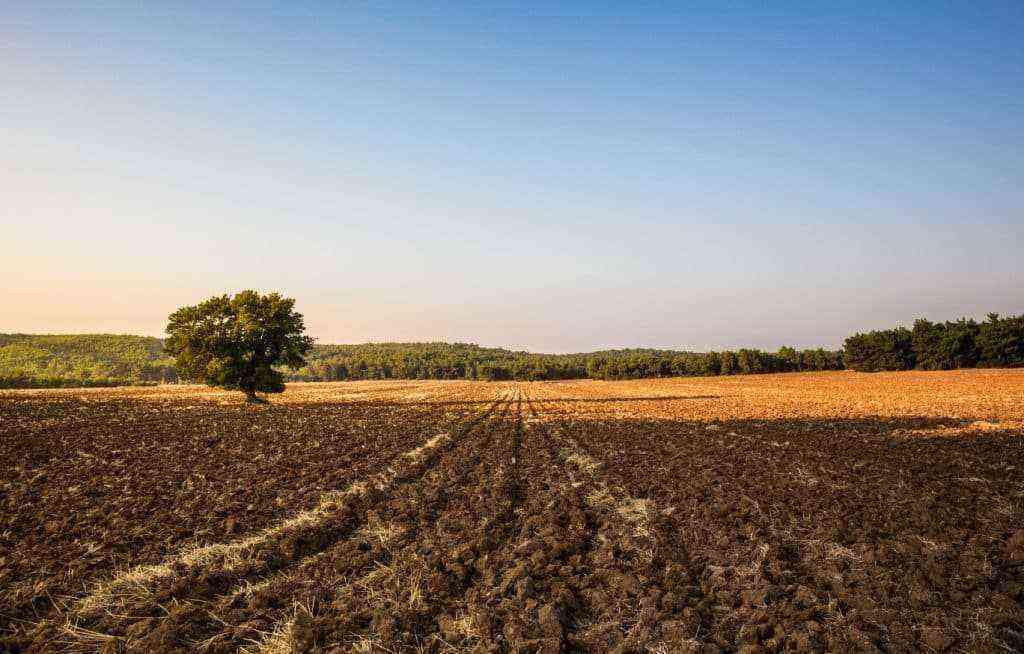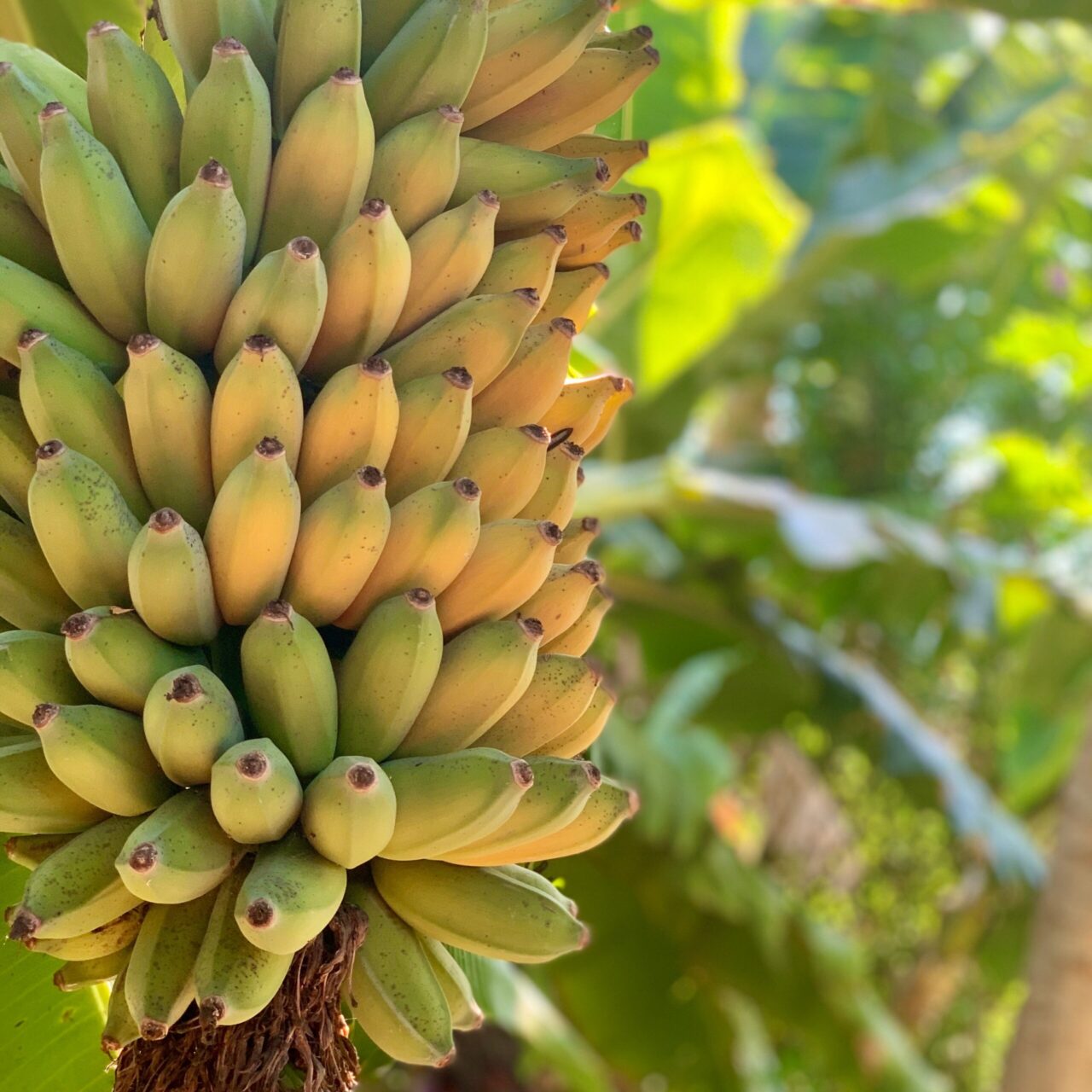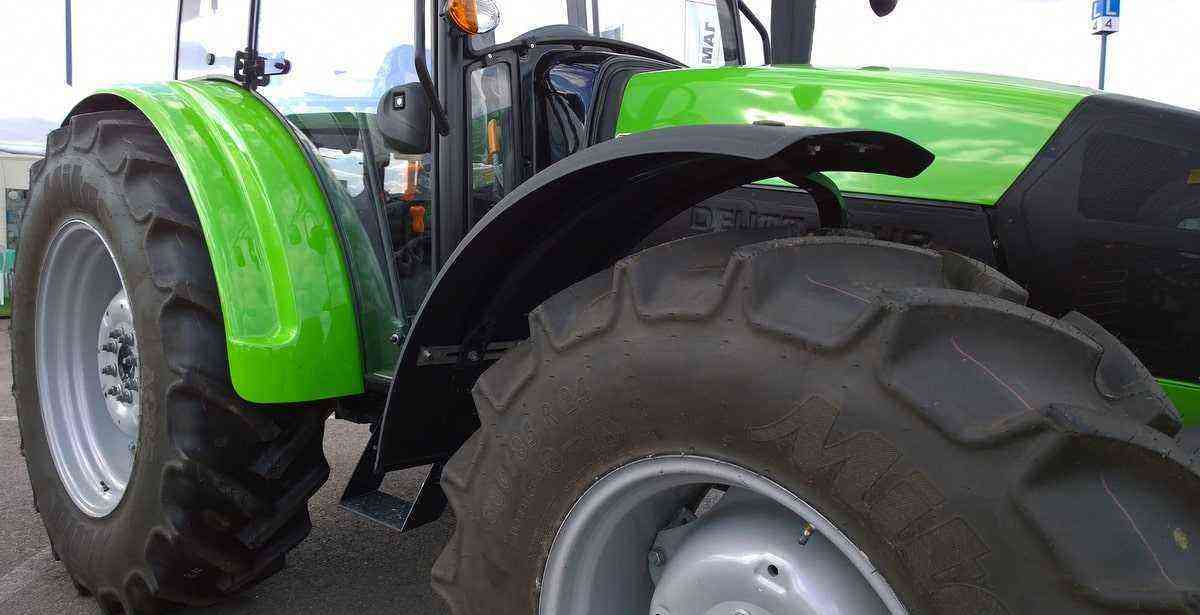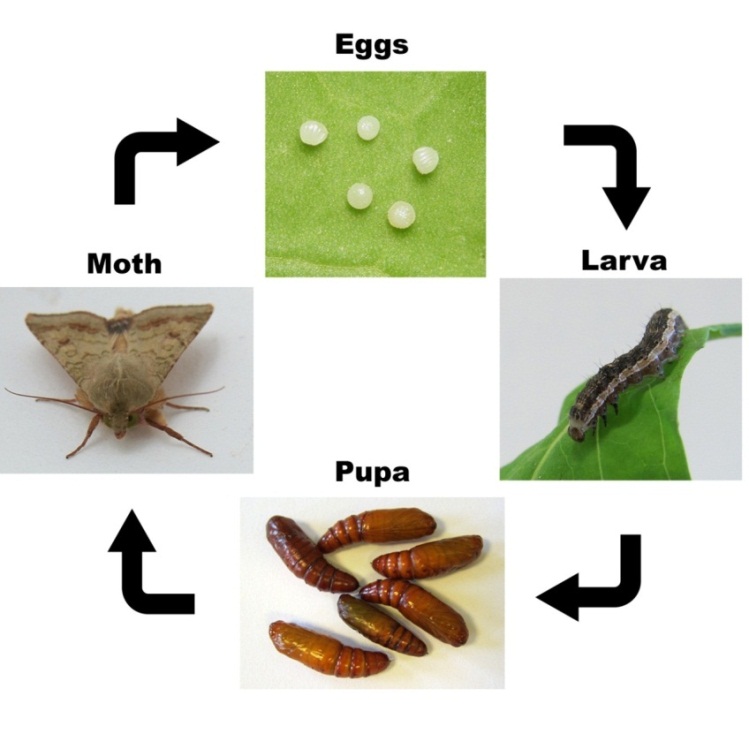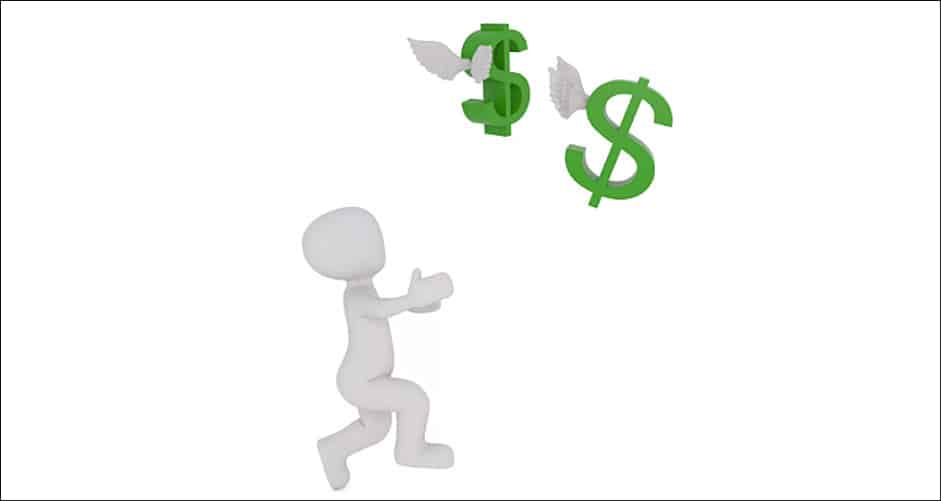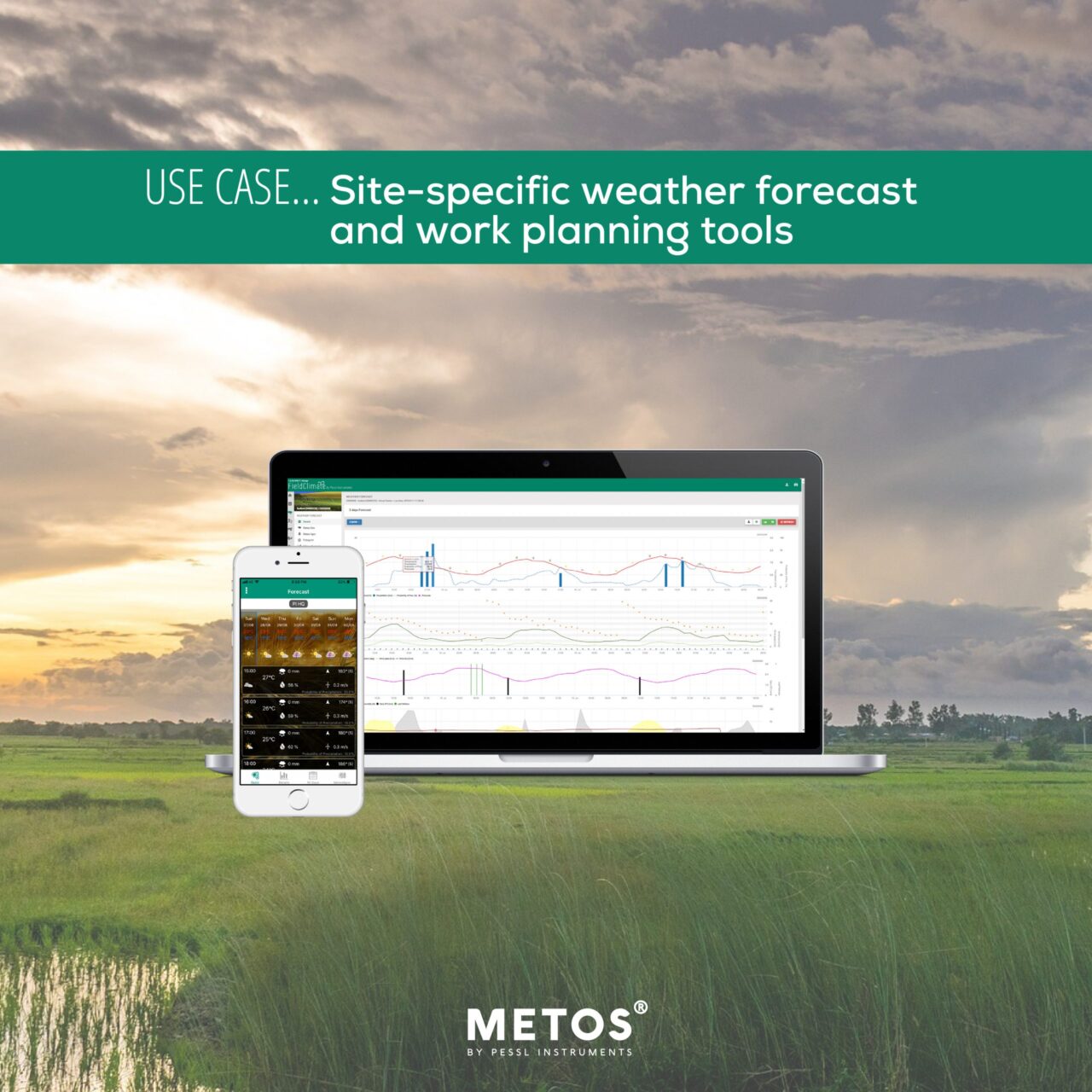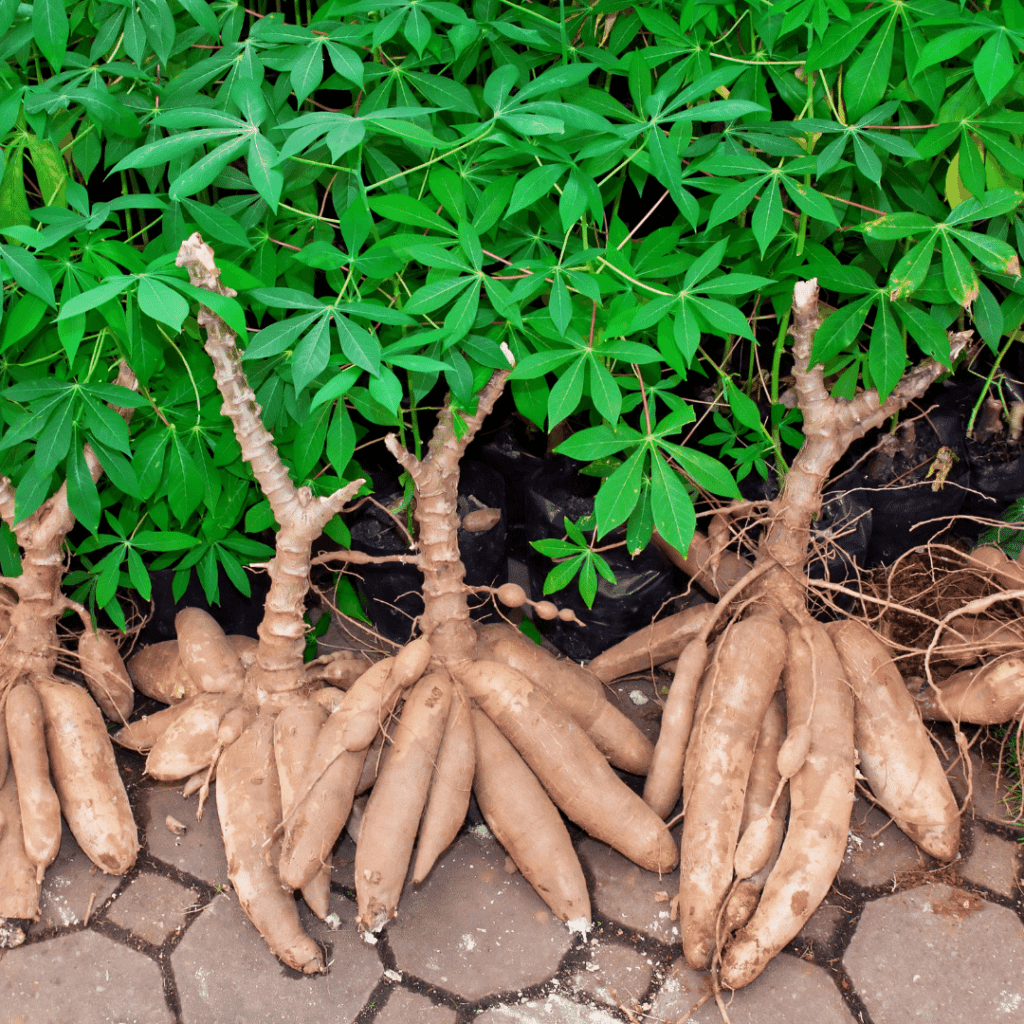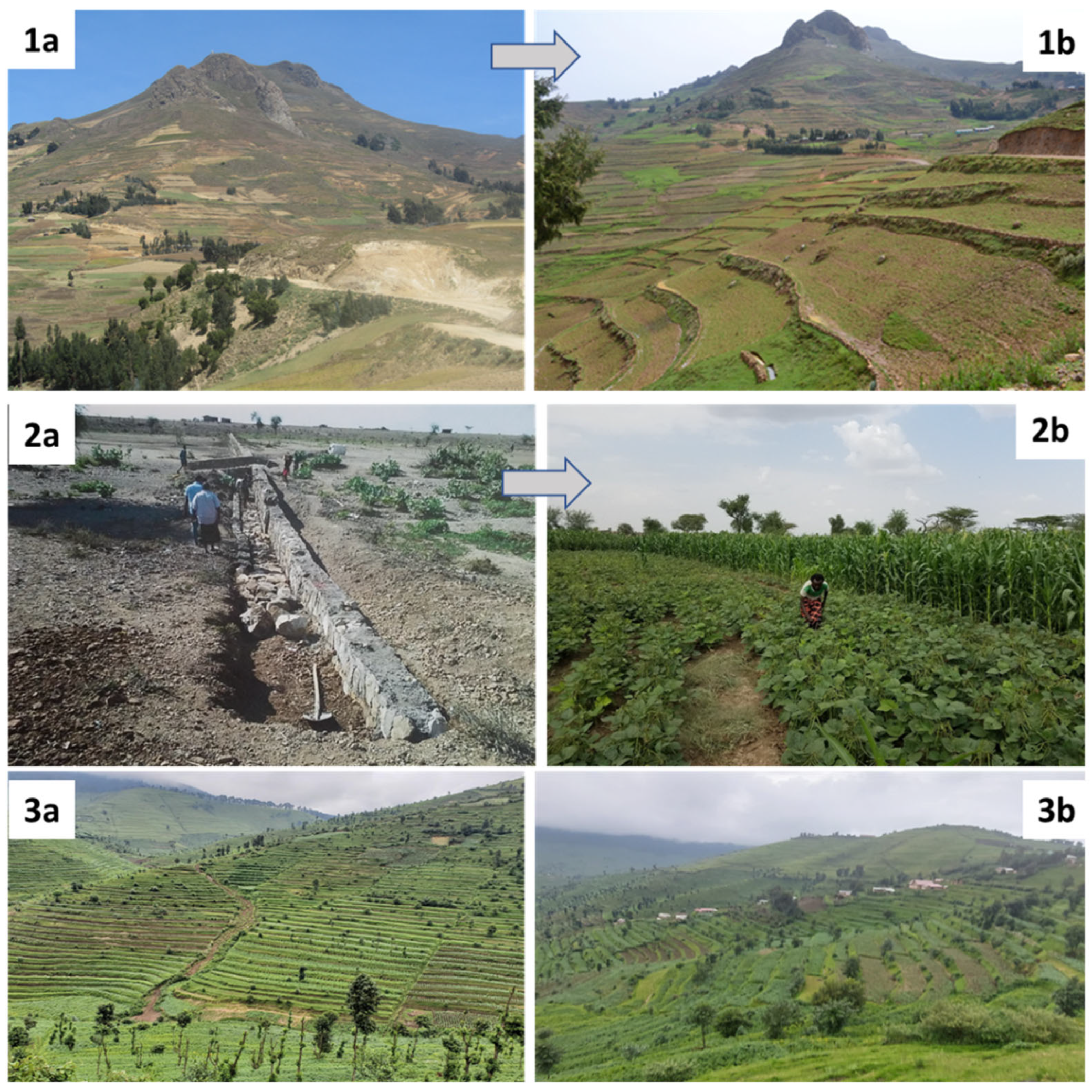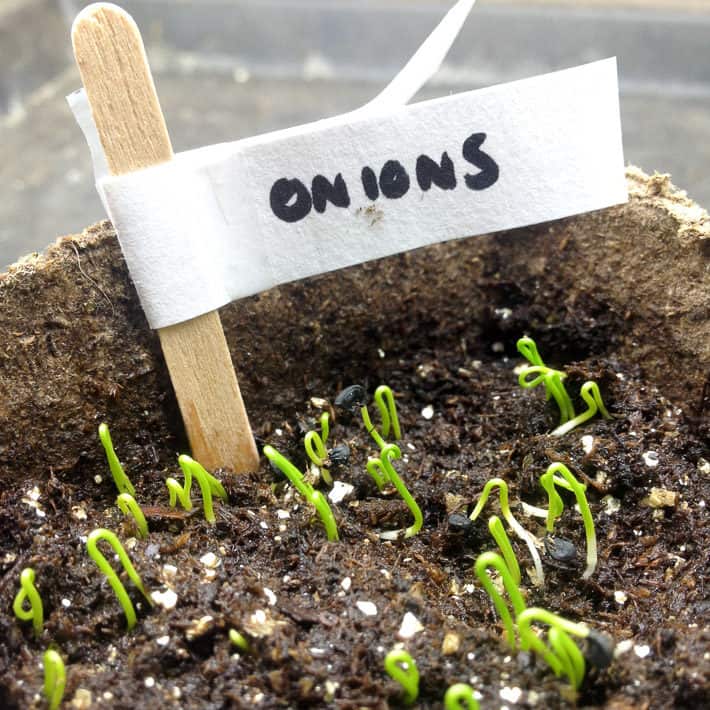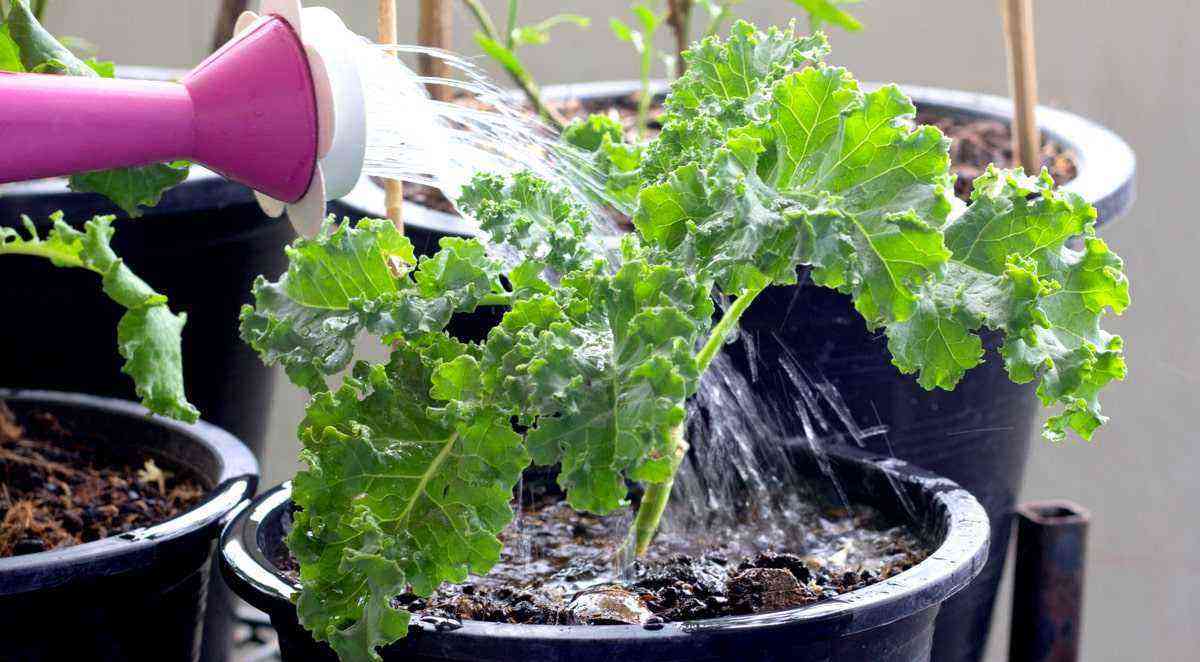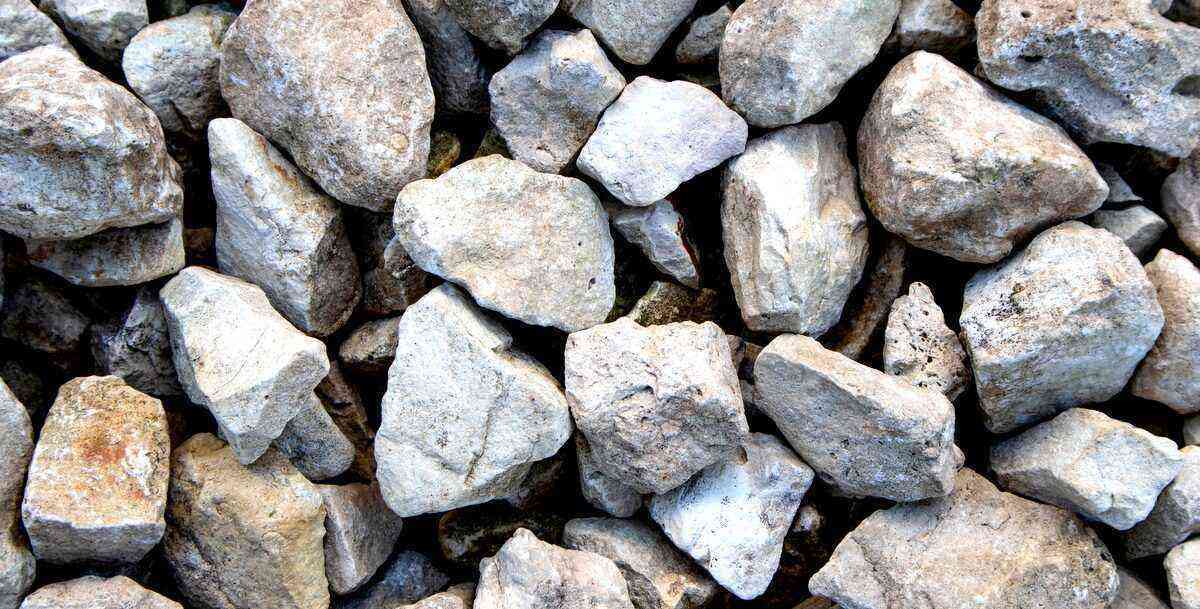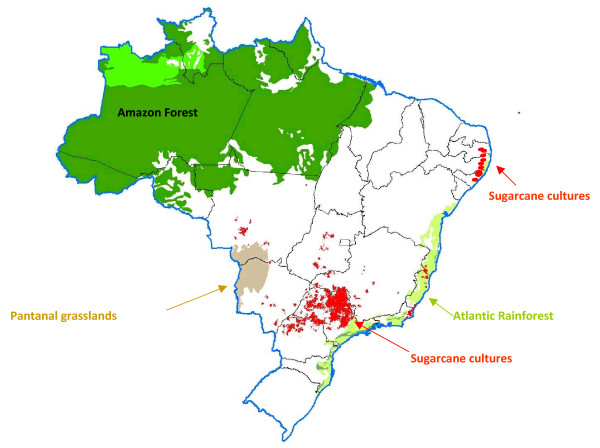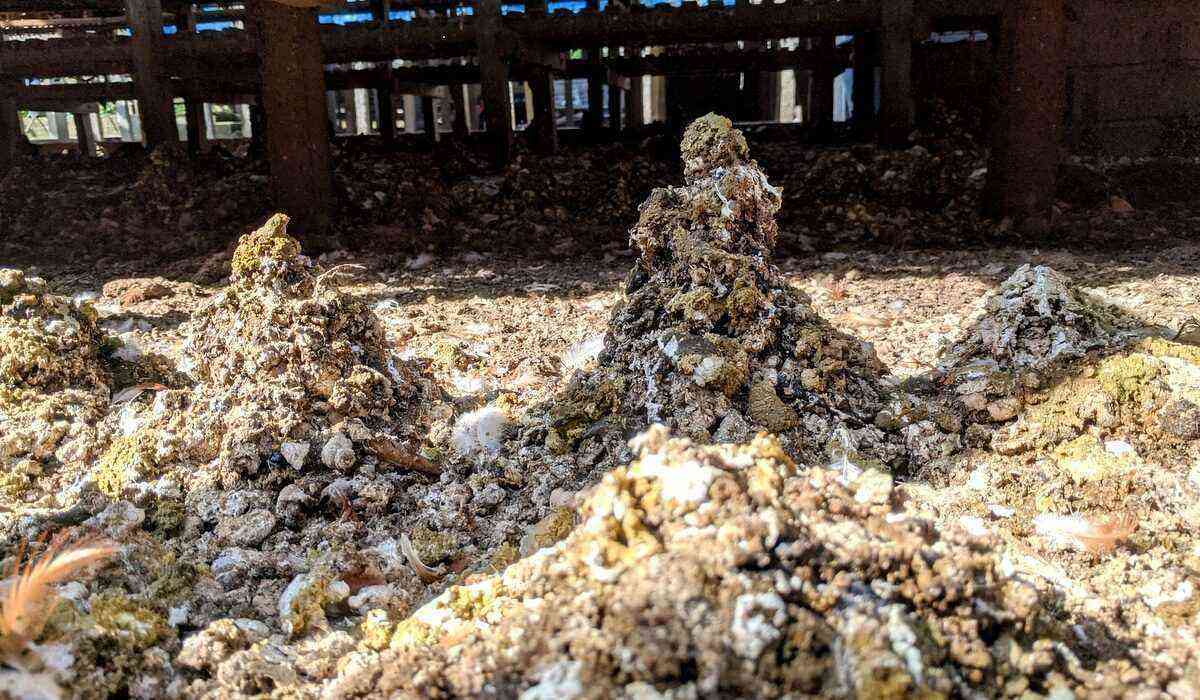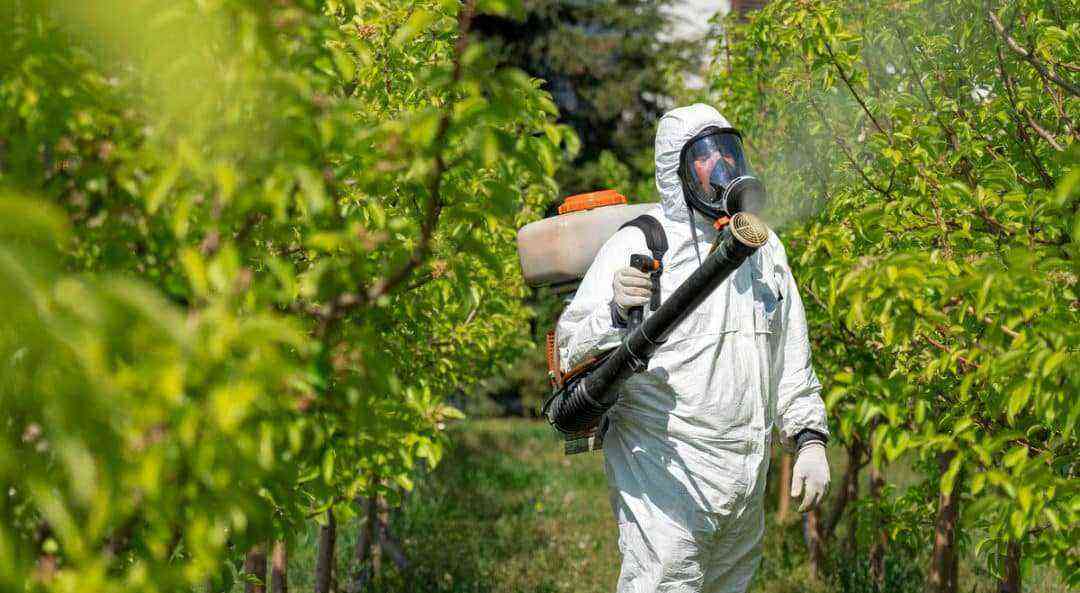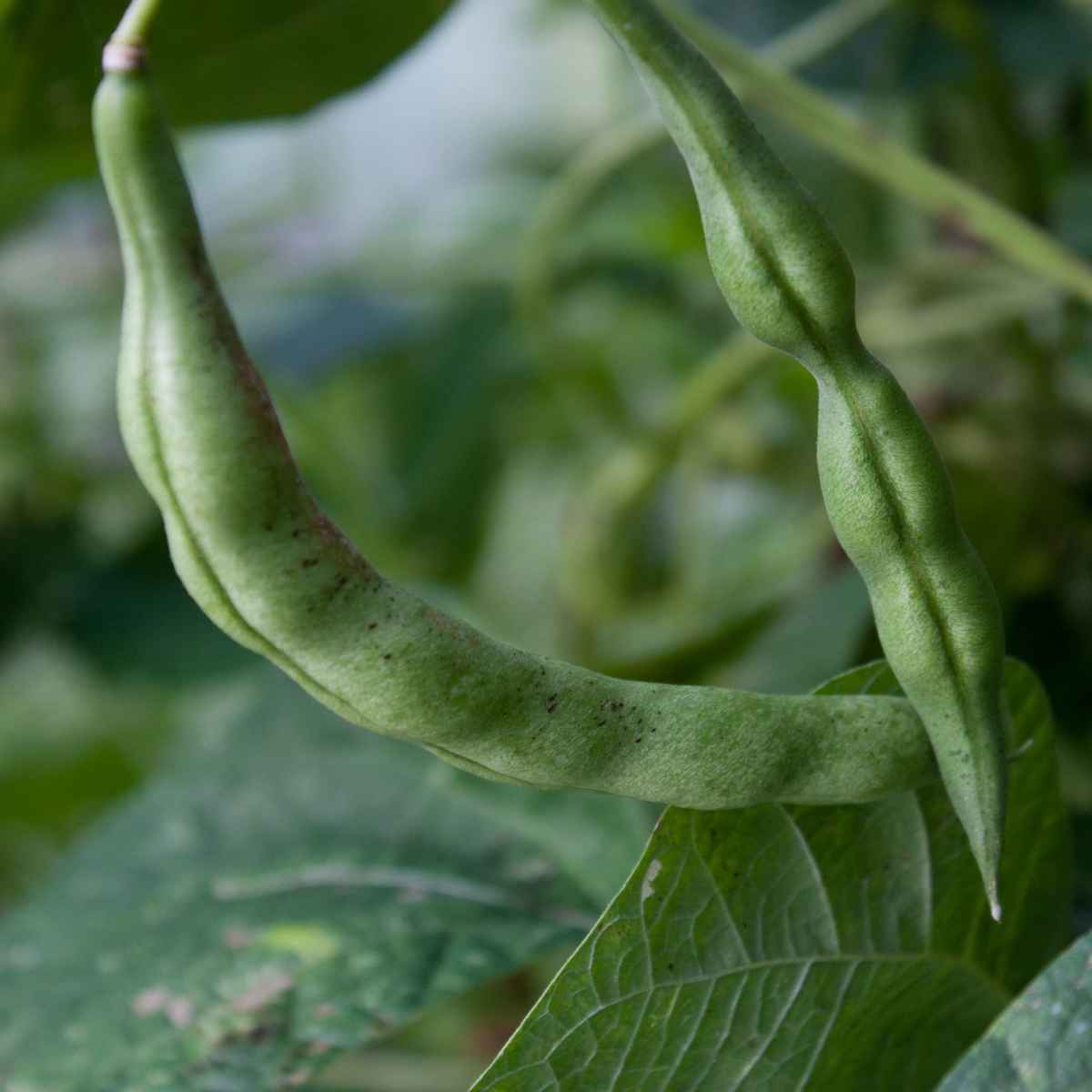According to data from the Social Balance of the Brazilian Agricultural Research Corporation (Embrapa), recently released, for each real invested by the institution in 2017, R$ 11,06 was returned to society. The social profit was R$ 37,18 billion, generated from the adoption of 113 technologies and about 200 cultivars by the agricultural sector.
According to Antonio Flavio dias Ávila, researcher and supervisor of Institutional Performance Assessment at the Secretariat for Institutional Development (SDI) and leader of Embrapa’s impact assessment studies, “social profit derives from economic benefits obtained by those who adopt technologies made available by the company” . “When we relate the economic benefits to the annual net operating revenue, we have what we call social return or social profit”, explains Antonio.
He says that, “if we consider the flow of economic benefits and costs of technologies, the average internal rate of return is 36,2%”. To reach the result of R$ 11,06 returned to society, the balance sheet lists labor and social indicators and the technologies developed and transferred to society.
Among the set of technologies and cultivars, the contribution to the tropicalization of wheat stands out, with the development of the cultivar BRS 404, specific for rainfed cultivation in the cerrados. The soybean cultivar BRS 7380RR resistant to the main soil nematodes – microscopic worms – places Embrapa in the lead in an area that had been dominated by imported genetics.
The partnership with the National Confederation of Agriculture and Livestock (CNA) and Olimpo Informática, allowed the creation of the Quality Platform – Bonified Meat in the scope of animal production. The tool integrates all links in the national meat quality chain and simplifies producers’ adherence to breed protocols and the requirements of different import markets. Once the requirements established in the Beef Breeds Certification Programs are met, slaughtered cattle receive quality seals that provide the producer with a bonus payment.
The balance highlights, in family farming, the development of BRS Zamir, a cultivar that already occupies 10% of the area planted with cherry tomatoes, more productive, tolerant to the main fungus that attacks tomato plants and with a high content of lycopene.
Embrapa makes its technical-scientific production available directly on the internet. In 2017 alone, total content downloads reached 24,5 million. The Prosa Rural Program, on the other hand, gained several versions on the Web, including a mobile application.

